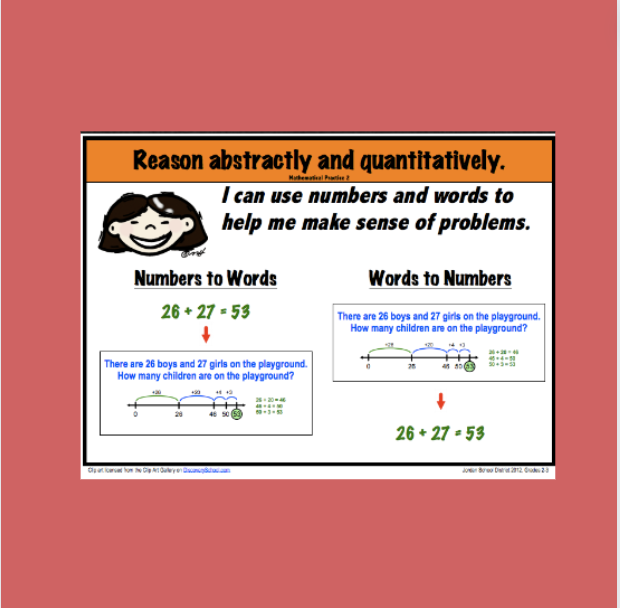
Word problems, or number stories as I call them, can be hard. But they necessary and have tons of benefits for your students.
January 31, 2024

Visual representations are important at all levels of mathematics. They help students see the math. And when we can visualize what’s happening within a problem, it helps us understand abstract concepts.
January 24, 2024

Number stories that include multiplicative relationships can be a challenge. The Repeated Equal Groups (REG) structure helps students understand what’s happening in the problem.
January 17, 2024
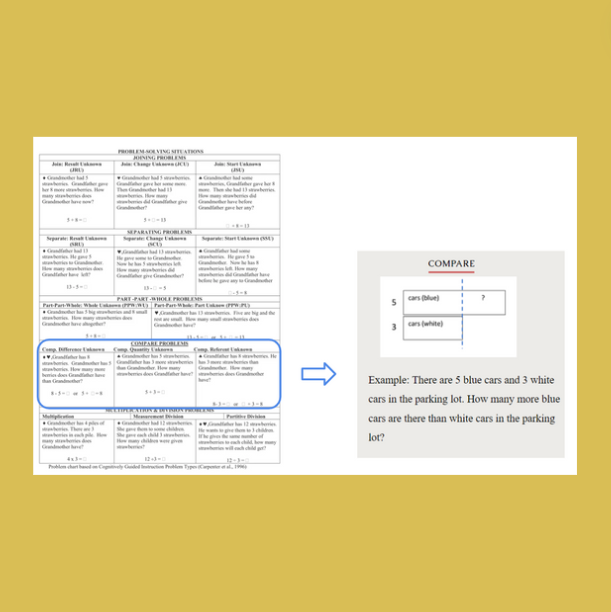
The Compare structure helps students visualize the comparison relationship that occurs in some number stories. Find out how to use it.
January 10, 2024
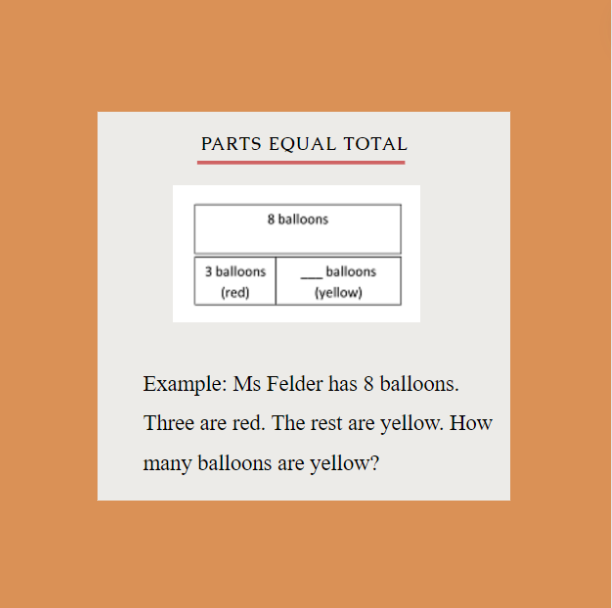
Parts Equal Total helps us model math stories that describe composing 2 or more parts to form a total. Learn how to introduce and use them.
January 6, 2024
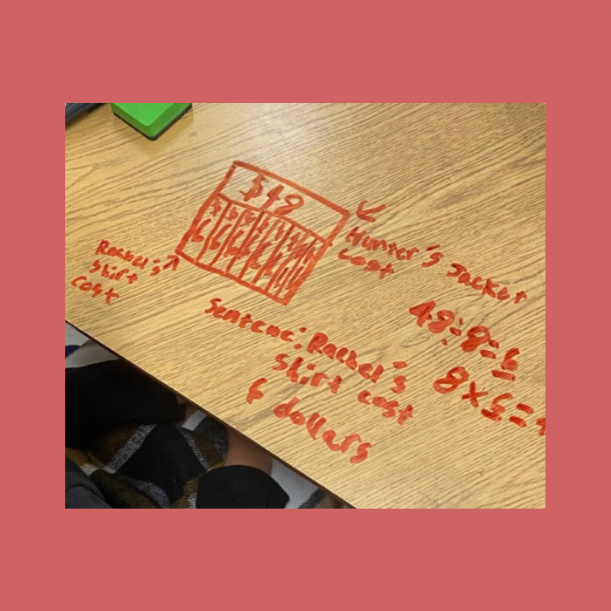
Meet Jasmin Nabors, a 4th grade teacher in Durham, NC. She’ll share her struggles and successes with SoE, along with a few tips.
December 13, 2023
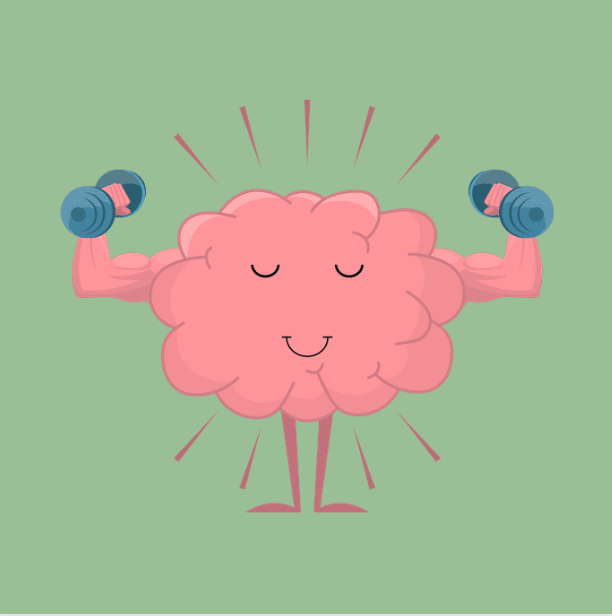
Mindset is a powerful thing. Learn how fixed mindsets can negatively impact students and how to help them develop growth mindsets.
December 6, 2023
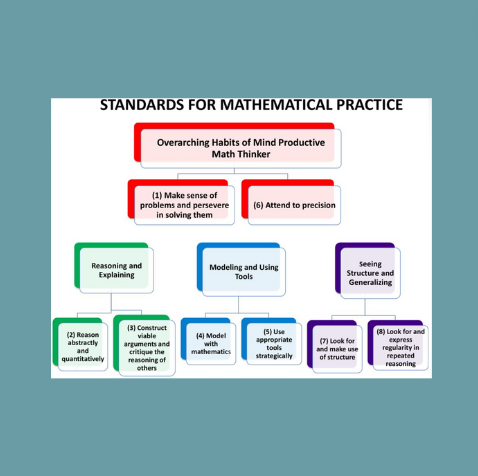
We know that mathematically proficient students engage in the practice standards consistently. Learn how all 8 are embedded into SoE.
November 29, 2023

All Structures of Equality have 3 components: values, labels, and equality. Learn about the line of equality and why it’s important.
November 15, 2023

Structures of Equality takes the best of bar models and CGI and adds in a few key elements to help students visualize what is happening in story problems.
November 1, 2023
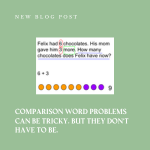
Updated 8.13.2025 We recently looked at how keywords can cause confusion when students are given a problem with a comparison situation. Today, you’ll see two word problem strategies side by side: CUBES, a procedural method, and Structures of Equality (SoE), a framework for comprehension. Here are 3 ideas to consider while you look at the […]
October 25, 2023
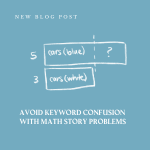
Using keywords is a common strategy. While they seem like a helpful tip, they often add to the confusion.